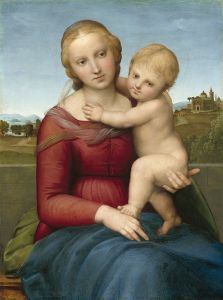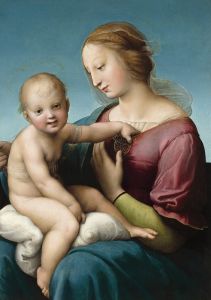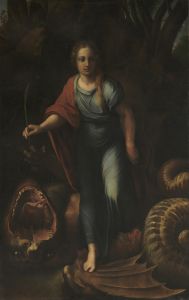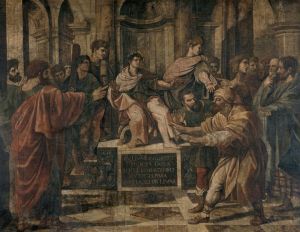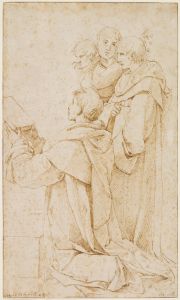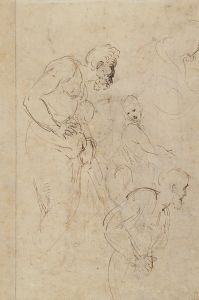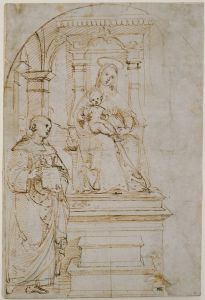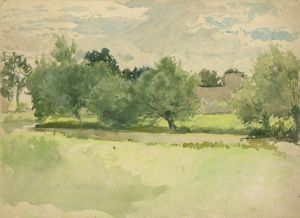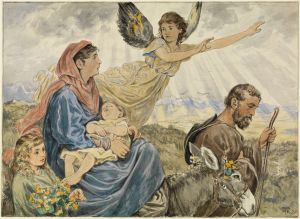
Madonna In The Meadow
A hand-painted replica of Raphael’s masterpiece Madonna In The Meadow, meticulously crafted by professional artists to capture the true essence of the original. Each piece is created with museum-quality canvas and rare mineral pigments, carefully painted by experienced artists with delicate brushstrokes and rich, layered colors to perfectly recreate the texture of the original artwork. Unlike machine-printed reproductions, this hand-painted version brings the painting to life, infused with the artist’s emotions and skill in every stroke. Whether for personal collection or home decoration, it instantly elevates the artistic atmosphere of any space.
"Madonna in the Meadow" is a renowned painting by the Italian High Renaissance artist Raphael, completed in 1506. This artwork is a testament to Raphael's mastery of composition, color, and form, showcasing his ability to convey serene beauty and harmonious balance.
The painting depicts the Virgin Mary with two children, Christ and John the Baptist, set against a tranquil landscape. Mary is seated on the ground, a pose known as the "Madonna of Humility," which emphasizes her grace and accessibility. She is dressed in a red gown and blue mantle, traditional colors symbolizing her humanity and divinity. Her gaze is tender and contemplative as she looks down at the two children.
The Christ Child is depicted reaching for a cross held by the young John the Baptist, a gesture that foreshadows his future crucifixion. This interaction between the children is a common theme in Renaissance art, symbolizing Christ's acceptance of his destiny. John the Baptist, identifiable by his camel-skin garment, is shown kneeling in reverence, highlighting his role as the precursor to Christ.
The background of the painting features a serene landscape with rolling hills and a distant city, typical of Raphael's work during this period. The use of atmospheric perspective creates a sense of depth, drawing the viewer's eye into the scene. The soft, diffused light enhances the peaceful and idyllic setting, a hallmark of Raphael's style.
Raphael's "Madonna in the Meadow" is notable for its balanced composition and the harmonious arrangement of figures. The triangular configuration of Mary and the two children creates a stable and pleasing structure, a technique Raphael frequently employed to achieve visual harmony. The figures are interconnected through their gestures and gazes, creating a unified and cohesive composition.
This painting was created during Raphael's time in Florence, where he was influenced by the works of Leonardo da Vinci and Michelangelo. The influence of Leonardo is evident in the sfumato technique used to create soft transitions between colors and tones, adding to the painting's lifelike quality.
"Madonna in the Meadow" is housed in the Kunsthistorisches Museum in Vienna, Austria. It remains one of Raphael's most celebrated works, admired for its beauty, technical skill, and emotional depth. The painting exemplifies the ideals of the High Renaissance, combining classical balance with a deep sense of humanity and spirituality.
Raphael's ability to convey complex theological themes through simple, yet profound imagery has ensured that "Madonna in the Meadow" continues to be a subject of study and admiration in the art world. Its enduring appeal lies in its perfect blend of artistic innovation and timeless beauty.





